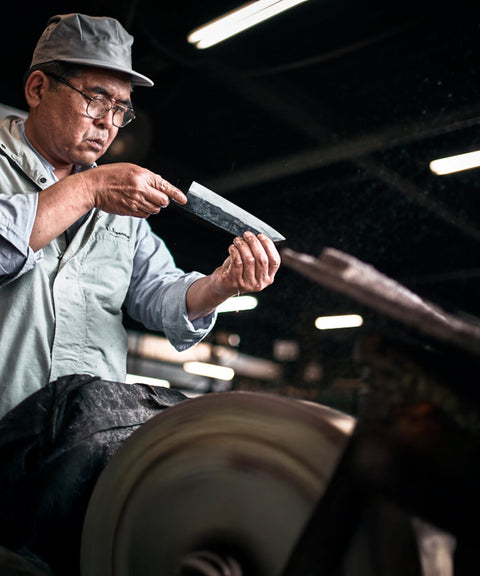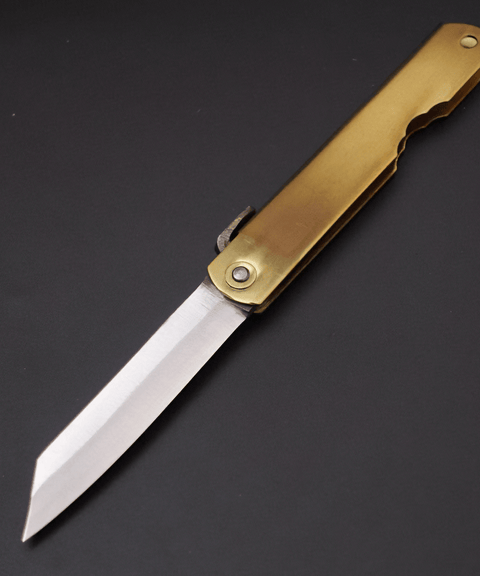
Japanese knives are world renowned for their quality and precision, but behind every blade there are centuries of tradition and evolution. In this article, we explore the history of Japanese knives, their influences, and how they have come to become essential tools for professional chefs and cooking enthusiasts.
1. The origin of Japanese knives
The first knives in Japan emerged from the samurai tradition of katana forging. During the Edo period (1603-1868) , blacksmiths began to apply their sword-making skills to the manufacture of kitchen knives , resulting in extremely sharp and durable cutting pieces.

2. Influence of samurai forging
Japanese knife making follows similar methods to those used in the production of samurai swords. Blacksmiths use techniques such as steel lamination (San Mai) or multi-layer forging (Damascus) , which gives them a superior edge and a unique aesthetic.
3. Evolution and specialization
Over time, Japanese knives have become specialized for different uses, giving rise to models such as the Gyuto , the Santoku , the Nakiri or the Yanagiba , each designed for specific tasks in the kitchen.
4. The combination of tradition and modernity
Today, manufacturers combine traditional techniques with modern technologies to create high-performance knives. Iconic brands such as Shun, Masamoto or Miyabi continue to perfect the balance between craftsmanship and functionality.
Conclusion
More than just a tool, a Japanese knife is a piece of history and art. Each one carries the legacy of generations of blacksmiths and remains the preferred choice of the most demanding chefs. If you are looking for a knife that combines precision, beauty and durability, a Japanese knife is the best investment.
Visit our Japanese knife store and you will find the best selection.








